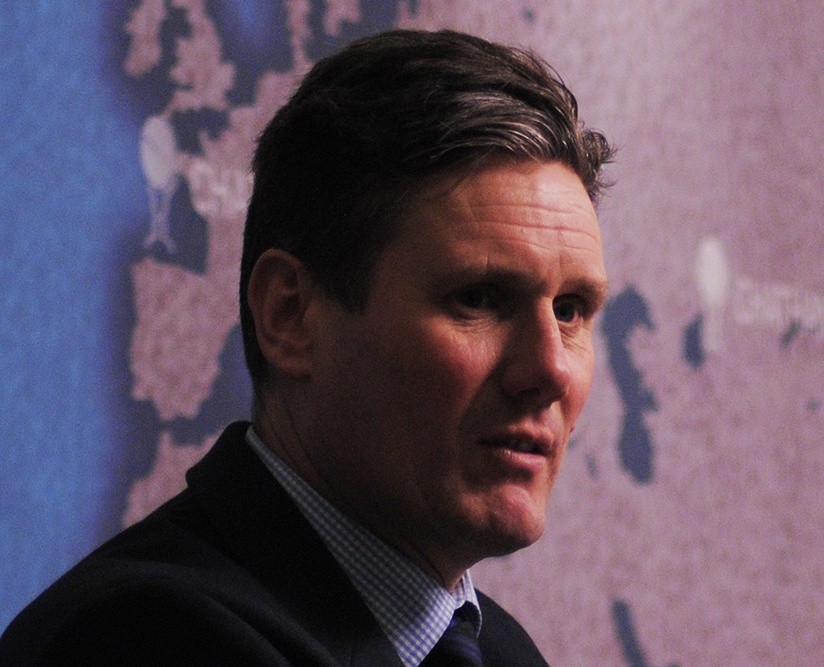On 18 February, Keir Starmer set out his new policies and post-Covid plan for the next three and a half years in the run up to the next general election. This was dubbed his most important speech in his time as Leader of the Opposition, but you’d be forgiven for missing it.
The speech predominantly focused on the economic policies Labour will bring forward, one of which is the British Recovery Bond. This policy is aimed at the households that accumulated savings over the past year due to lockdown. With £125 billion in suppressed spending waiting to be invested back into the economy, the Labour party hope a “coronavirus bond” will encourage more investment into infrastructure and employment. Starmer also proposed more start-up loans for businesses, pledging over five years to fund 100,000 businesses, and awarding them to more businesses outside of London and the South East.
His vision includes businesses being central to fighting inequality and tackling the climate emergency, and he highlighted that the pandemic had “got into the cracks and crevices of our society and forced them open with tragic consequences”. He outlined policies to help tackle such inequalities, for example, maintaining the £20 a week uplift in universal credit. He also included limiting council tax rises via more funding; ending the public sector pay freeze; helping businesses by extending business rate and VAT relief, and a longer furlough scheme.
Starmer’s aim seems to be to stress to the electorate that the days of Corbynism are very much over, and that Labour is a party that can be fiscally responsible in power. The rhetoric that the Conservative party have created surrounding Labour’s incompetence with public funds has partially been the reason why the Tories have held power for so long. But has Starmer done enough to prove to a disillusioned electorate that Labour has their interests at heart?
In a bold move Starmer compares the UK currently to a post-war UK; harking back to the days when the country united in the face of a common foe should inspire innovative policies that the public need in such dire times, but Starmer’s policies seem unambitious and unoriginal. Perhaps now the stark contrast of Corbyn’s further left-leaning policies would be exactly what would shock the electorate into thinking differently about the life they have lived, especially after over a decade of Tory austerity. Starmer does concentrate on how austerity has caused many of the tragic outcomes of the pandemic, and that a new ideology is what will benefit the UK under his leadership; he is trying to recapture the imaginations of the swung seats and remind them of the devastating effects of Tory austerity.
With life expectancy halting for the first time in over 100 years, and even going backwards for the most deprived women, surely now would be a time for Starmer to push back against the Conservative government and draw a line between the parties, not pander to their incompetency over the course of the pandemic. In abstaining from calling for Matt Hancock’s resignation for acting unlawfully, he shows his leadership to be one of appeasement and allowing the government to flout the law. As a country with one of the highest death rates in the world from Coronavirus, Starmer would prove himself to be the People’s Champion by asking the difficult questions and challenging the government in their actions. His efforts to support the government in guiding us through this pandemic are valiant, but he lacks the courage to be a leader people are swayed by. He hasn’t captured the public mood well enough; in believing that sticking a Union Jack on Labour slogans will help the more nationalistic voters swing back he fails to bring a truly authentic solution to these lost voters, and risks alienating even more.
Much of the electorate doesn’t know what Labour currently stands for, or what the party collectively believes in. In a time where personality over policy brings voters to the ballots, Starmer’s lack of one puts him at risk of being forgotten by the electorate.
Jaya Basudev
Image source: Wikimedia Commons

